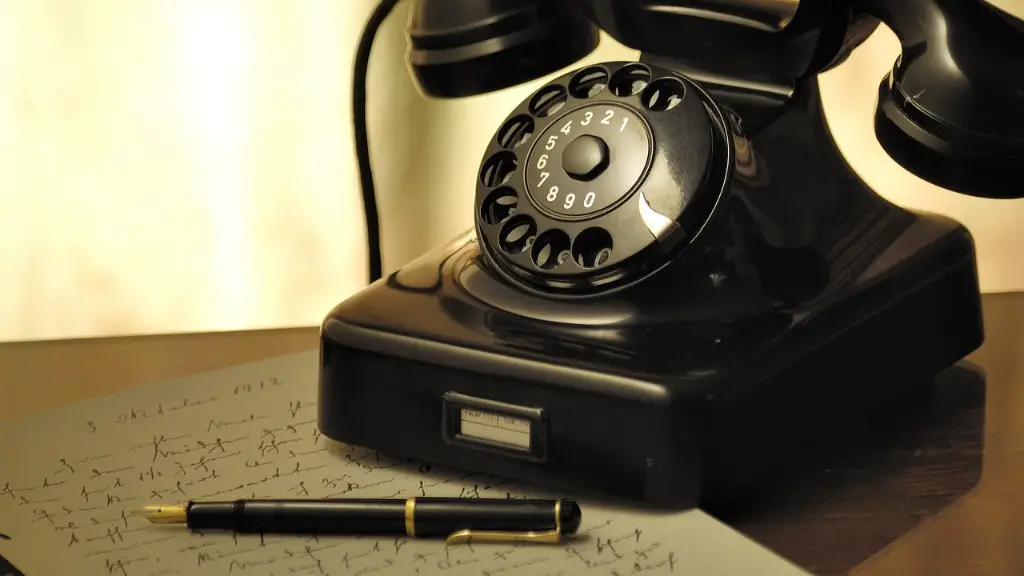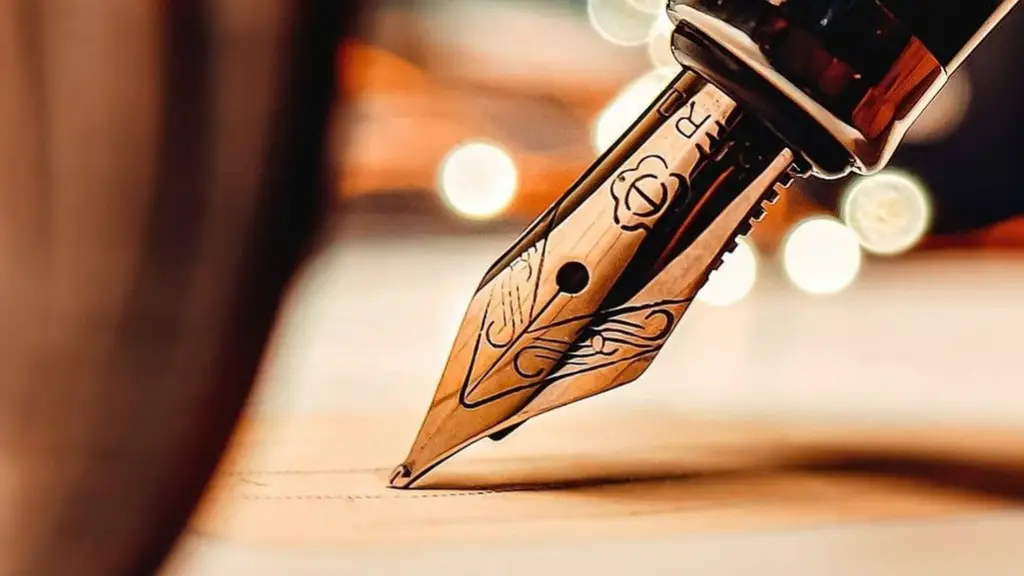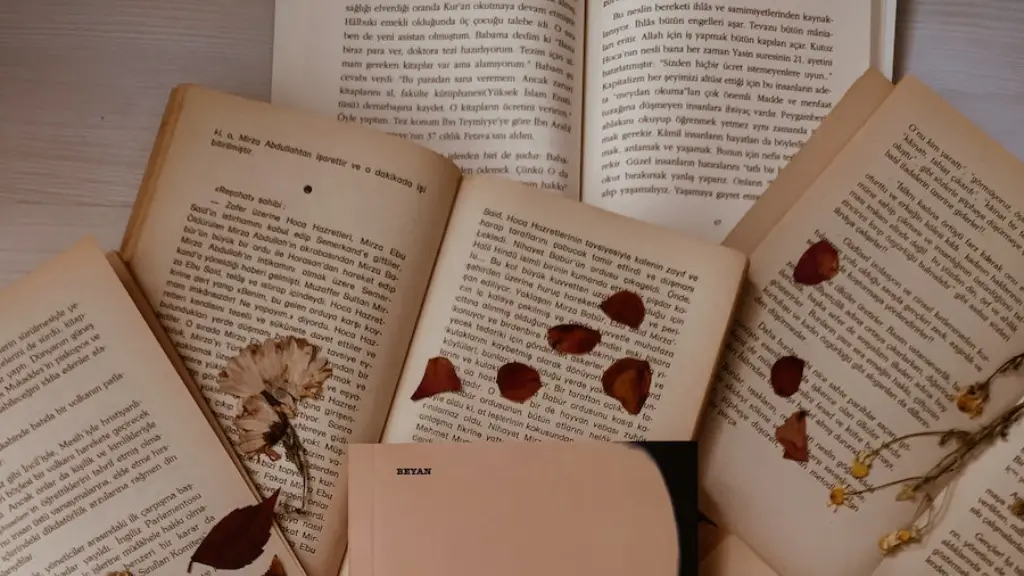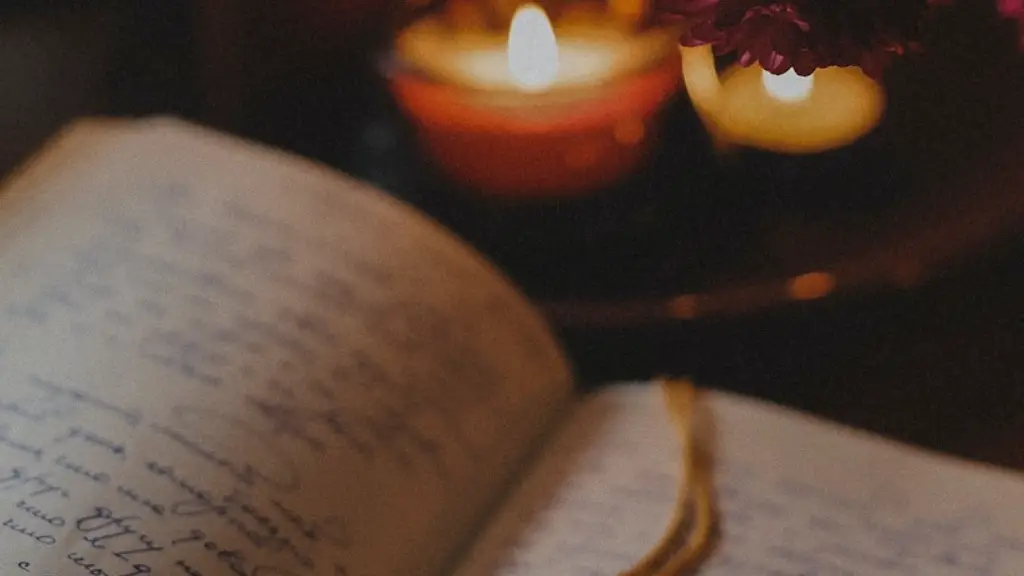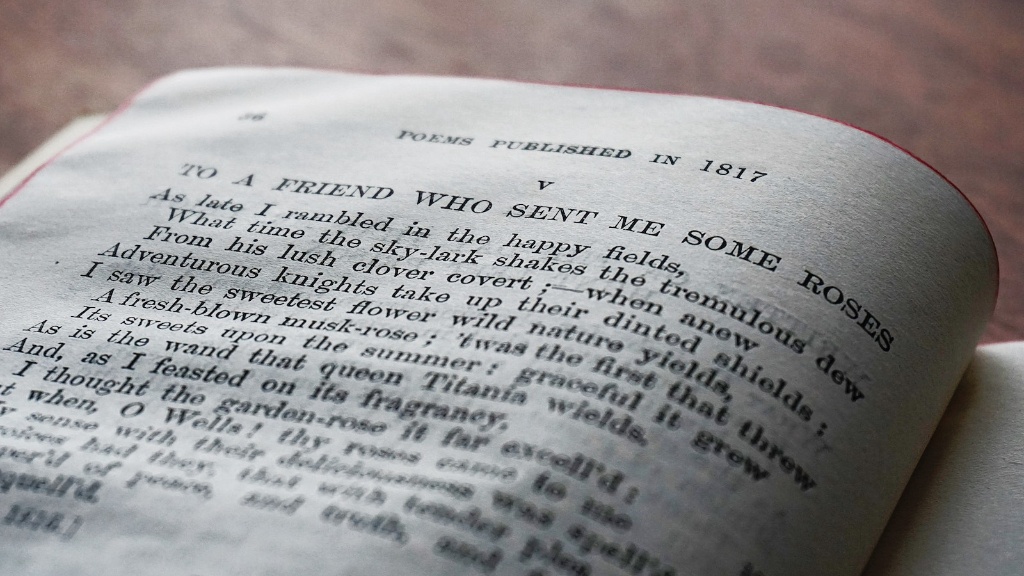Rhyme
The first element of poetry is rhyme. For many readers, rhyme is essential for effective poetry. They argue that rhyming words are necessary in order to create an emotional connection between the poem and the reader. Rhyme is an important component of written poetry since it helps to capture a moment or build an image in the reader’s mind. In order to take advantage of the power of rhyme, poets must be able to identify and use words that sound similar. They also need to be aware of how a specific word may be used as a hook to bring the reader in.
To create a successful rhyme, poets must pay attention to the position of the rhyming words within the poem. For example, in the famous ballad “Danny Boy” by Fred Weatherly, there are two rhymes: “low” and “go”. The position of these words within the poem helps to create an image of a low-lying fog, which in turn leads to a sense of longing and sadness in the reader. Rhyme can be used as a powerful tool for creating an emotional connection in a poem.
Meter
The second element of poetry is meter. Meter is the regular pattern of stressed and unstressed syllables that is used to give a poem its rhythm and structure. This pattern is integral to the poem since it is what gives the poem its unique voice and sound. In addition to helping establish rhythm, meter also contributes to the overall meaning of the poem by helping to create a tempo and by highlighting important words and phrases in the poem.
Poets use different types of meter to create different types of poems. Some of the most popular types of meter include iambic pentameter, trochaic tetrameter, and anapestic meter. Poets use these different meters to create different effects in their poems. For example, iambic pentameter is often used to create a sense of urgency, while trochaic tetrameter is often used to create a comic effect. Understanding the different types of meter is essential for successful poetry.
Imagery
The third element of poetry is imagery. Imagery is the use of descriptive words and phrases to create vivid mental images in the reader’s mind. An effective poem will use imagery to evoke emotions, transport readers to other worlds, and even to teach a lesson. Poets use imagery to bring their words to life and create a deeper connection with their readers.
In order to create effective imagery in their poems, poets must be able to paint pictures with their words. They must be able to choose words that evoke particular feelings, sentiments, and images in their readers. Additionally, they should be familiar with different types of imagery, such as similes, metaphors, personification, and symbolism. By combining these elements with other elements of poetry, such as rhyme and meter, poets can create powerful and lasting impressions in their readers’ minds.
Emotional Language
The fourth element of poetry is emotional language. The use of emotionally charged language is essential for effective poetry since it helps to create a powerful connection between the poet and the reader. Poets use emotionally charged language to bring their poems to life, to create a certain atmosphere, and to create a stronger connection with their readers.
In order to create emotionally charged language, poets need to be familiar with the different types of figurative language, such as similes, metaphors, and hyperbole. By using these techniques, poets can create powerful images that evoke emotions and help the reader understand and connect with the poem. Additionally, poets should pay attention to their choice of words, as certain words may have a more powerful emotional impact than others.
Wordplay
The fifth element of poetry is wordplay. Wordplay is the use of words in a humorous or clever way. It is essential for effective poetry since it can help to make the poem engaging, entertaining, and interesting. By using wordplay, poets can add humor to their poems, create vivid images in their readers’ minds, and even teach a lesson along the way.
In order to effectively employ wordplay, poets need to be familiar with different types of wordplay. This includes puns, alliteration, word-within-words, and metaphors. By knowing these different types of wordplay, poets can add another layer of depth and meaning to their poems. Additionally, poets should be aware of how their word choices affect the emotional resonance of the poem.
Narrative
The sixth element of poetry is narrative. Narrative is a poetic technique that allows poets to tell stories in verse. It is an essential element of effective poetry since it allows poets to develop a story within their poem and create an emotional connection with their readers.
To effectively use narrative in their poems, poets need to pay attention to the structure of their poem. This includes the use of characters, plot structure, and themes. Additionally, poets should pay attention to the language they use in their poem. By using descriptive language, the poet can create vivid mental images in the reader’s mind and create an emotional connection.
Structure
The seventh element of poetry is structure. The structure of a poem is essential for effective poetry since it helps to organize the poem and create a sense of unity. Poets use different forms of structure, such as blank verse, terza rima, and sonnets, to organize their poems and add a deeper level of meaning.
In order to effectively structure one’s poem, poets need to have a thorough understanding of the different forms of poetry. They should also pay attention to the length and balance of their poem, as these factors can contribute to the overall structure. Additionally, poets should pay attention to the flow of their poem and the way the poetic elements interact with each other.
Sound Devices
The eighth element of poetry is sound devices. Sound devices are techniques used by poets to create rhythm and increase the overall impact of the poem. These devices include alliteration, assonance, and onomatopoeia. Sound devices can add a unique flavor to a poem and help to create an emotional connection between the poet and the reader.
In order to effectively use sound devices in their poems, poets need to be familiar with the different types of devices and how they work. Additionally, poets should pay attention to the way these devices interact with other elements of poetry, such as rhyme, meter, and imagery. By combining these elements in an effective way, poets can create powerful and lasting impressions in their readers’ minds.
